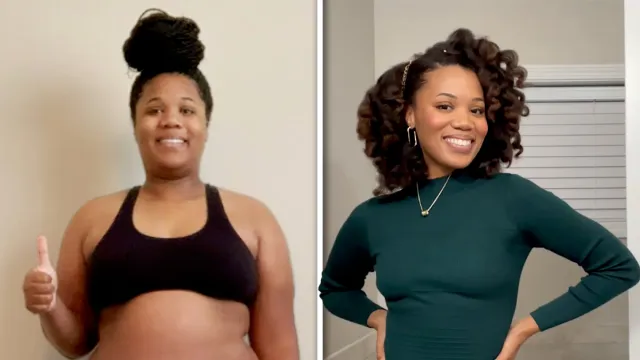She Lost 110 Pounds in 2 Years By Walking 30 Minutes Every Day
Have you been struggling to lose weight but aren't sure where to start? One expert has some game-changing advice on how to do it. Cara Peterkin is a fitness professional and YouTuber who weighs 250 pounds. "Now I'm 140 pounds, and I'm gonna tell you exactly how I lost the weight," she says, revealing that the process took two and a half years, "and I've maintained my weight for the past year."
Childhood Eating Habits Shaped Her Relationship with Food
Cara reveals that she grew up with unhealthy eating habits. "Quick backstory: my parents were all about ease, easily getting food to us, which meant minimal cooking. We go to Chick-fil-A, we'll go to McDonald's, we'll go to the Mexican restaurant, quick box mac and cheese, whatever was easy. That's what they did. And that set the tone for my relationship with food for the rest of my life," she says in her post.
She Gained a Lot of Weight During Her First Two Pregnancies But Lost It
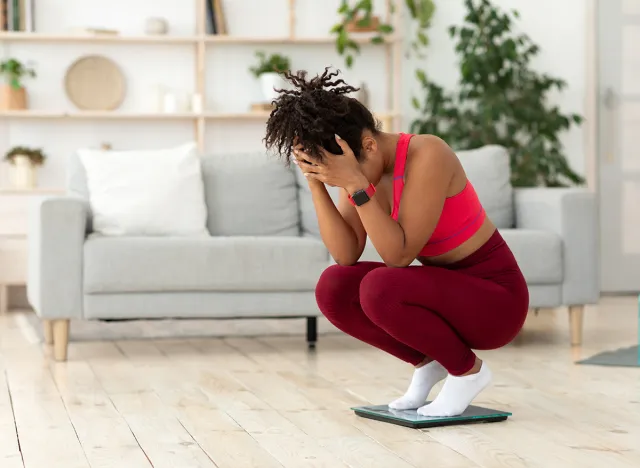
Cara first struggled with her weight when she got pregnant at 15 and went from 150 to 192 pounds. "Typically pregnant women should only gain about 20 to 25 pounds, according to Google, but I gained 42 pounds," she says. However, she lost it pretty easily because she was young, following a calorie deficit and exercising. When she went to college, the "food inconsistency" and "unhealthy patterns really started to return," she says. "I definitely gained the college 30, so I went from 150 to 180. Her senior year of college she got pregnant again and went from 180 to 225 pounds.
"That was tough. I definitely looked at myself differently, and I had to adjust. I tried to adjust to the weight and just said, 'Hey Karen, you may be that girl over 200 pounds, and you need to accept it.' But I was so uncomfortable. I tried different weight loss methods, and I started with Weight Watchers, which got me down to about 200 pounds."
She Ended Up 250 Pounds After Her Last Pregnancy and Couldn't Lose It
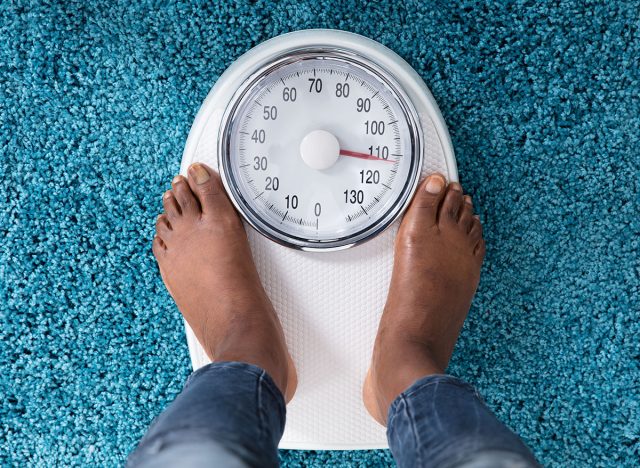
She then "had to kick it in high gear " and tried to clean her diet and eliminate processed foods. "With diet, exercise, plenty of strength training, and walking, I was able to get to about 160 pounds, which was amazing. Of course, life happened. What does that mean? I went through a depression, I went through different things in my life, and I ended up gaining weight a little bit, a little bit, a little bit, a little bit until it was a lot of it and ended up at about 190 pounds average. And it was tough. I would do different yo-yo diets, try different methods, get down to 180, but always would creep back up to that 190." During her last pregnancy, she started at 190 pounds and went up to 250 pounds. "I could not even fathom being at that number, but I was there. I will tell you that it was probably the hardest thing for me to accept, but I just made it work." Then COVID happened, and she remained at 250, battling postpartum depression.
She Hit Her Breaking Point
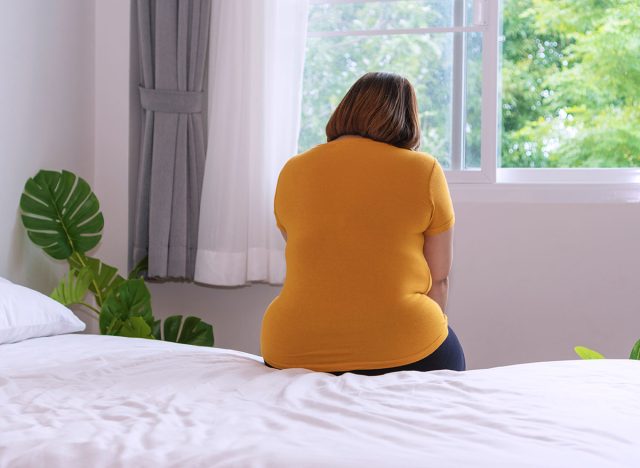
Cara's "breaking point" and "aha" moment happened when she had an interview and couldn't fit into her size 16 pants. "I immediately ran to the store to buy that bigger size. But once I saw the size 18 and that number, it hit me like, Kara, what's going on? You've never been this size. What are you gonna do differently? I did not let myself buy those size 18 pants, and that was my breaking point. I knew I had to make a change because I couldn't buy that bigger size."
She Lost Her First 35 Pounds with Weight Watchers and OrangeTheory

In March of 2021, she tried Weight Watchers again, pairing it with OrangeTheory, losing 35 pounds and getting down to 215. "I still had a long way to go," she said, revealing that according to her BMI, her healthy weight range is 140 to 160. You can benchmark your progress with this useful Lean Body Mass Calculator.
Then, She Eliminated Processed Foods
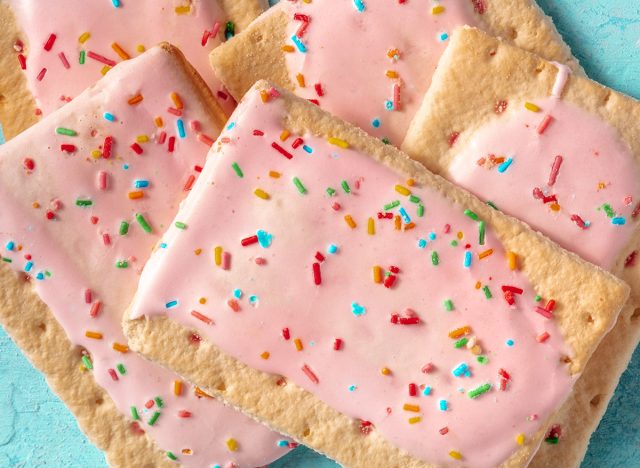
In 2022, she really changed the game. "That's where the real change began. I eliminated all processed foods and only shopped the outside skirts of the grocery store. So protein, dairy, fruits and veggies. That was my main diet," she said.
She Also Tracked and Measured Her Food
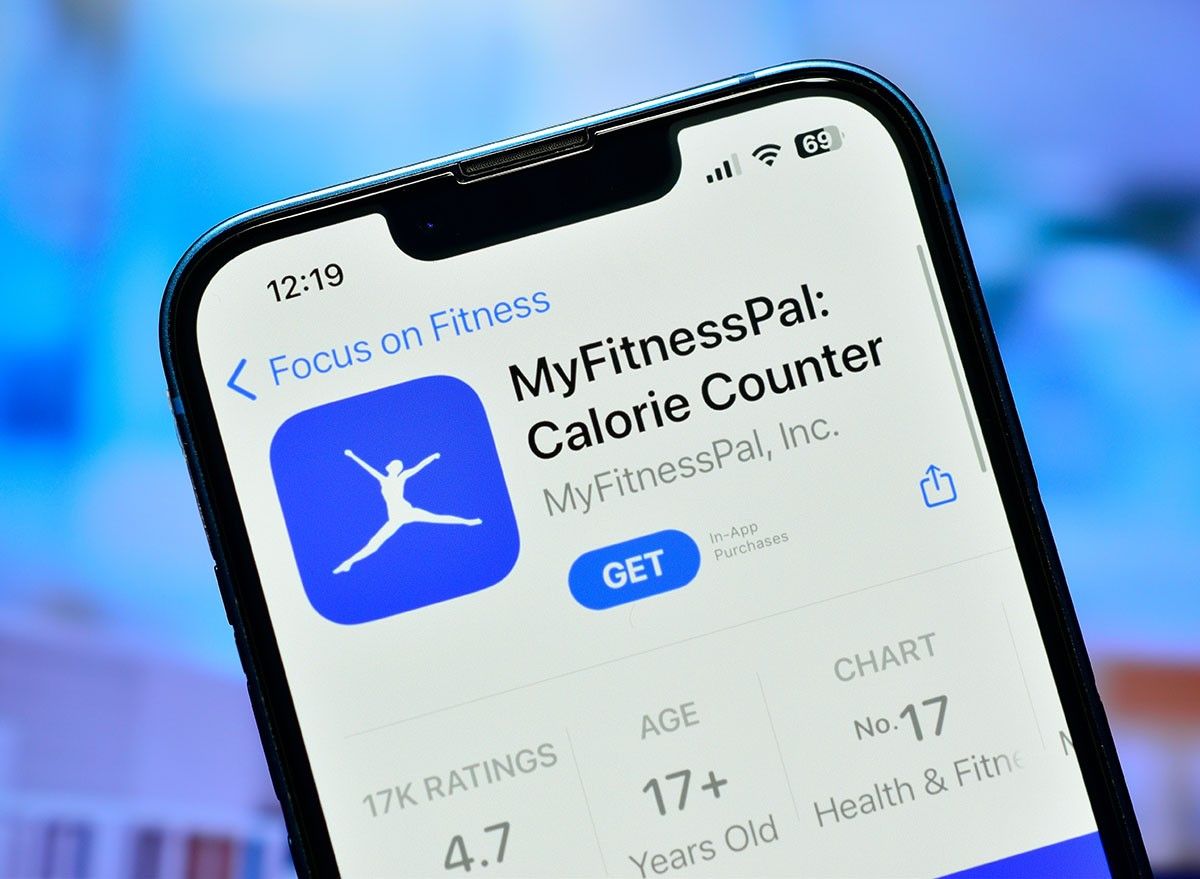
"I tracked everything I ate with my Fitness Pal. I measured everything I ate. I prioritized getting that water in, and I minimized fast food or eating out because of the amount of sodium that they put in the food. Once I implemented that change, my weight just started to fall off," she continues.
The First Month Was Hard, But It Got Easier

"Now, I will say it wasn't easy. I'm not going to lie to you. It is the hardest thing I ever had to do, and it took me about a full month of getting through the diet change for me to really accept it. After that, I stopped craving chocolate or candy or ice cream, and I was able to just go with the flow on average. I was losing about a pound and a half to two pounds a week, and it just started to fall off," she says.
RELATED: She Lost 9 Pounds in 4 Weeks With This Simple 1,600 Calorie Meal Plan
She Also Started Walking 30 Minutes a Day

"Another thing that I did that helped me lose the weight was walking 30 minutes a day. That was huge," she admits. "I thought I had to go kill myself in another OrangeTheory class or maybe at a boot camp. But walking truly helped me, along with some YouTube videos, like different weights that I could use or different strength training videos that really helped, too. But I didn't have to pay for a gym membership. I just got outside and walked and changed my diet, and the weight started to fall off. "
She Has Maintained the Weight Loss

She has managed to keep it off by maintaining the same eating habits, "still walking 30 minutes a day, along with definitely having my treat meals and trying to balance them out, and so far it's kept the weight off beautifully," she says. And if you enjoyed this article, take advantage of these 15 Quick Ways to Lose Body Fat Percentage in a Week.
